MAYA MARI NA MANN MARA, MAR MAR GAYA SHAREER |
ASHA TRISHNA NA MARI, KEH GAYE DAS KABIR ||
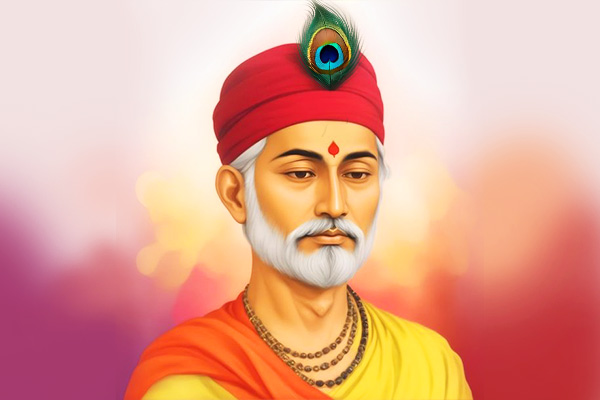
In this doha, Kabir reflects on the temporary nature of the physical body, which is born only to die. However, he points out that the world of Maya—the illusion or the worldly attachments—continues, as does the intelligent governing Self, the mind. Hope, along with the deceptive pull of greed and delusion, also remains undying.
Even on one's deathbed, Kabir observes, people cling to the perishable: their bodies, their aspirations, and their desires. The cravings and yearnings do not cease. It is this endless play of desires and attachments, this 'Leela' or divine play of the world that perpetuates the cycle.
Kabir Das, a revered mystical poet and saint from India, has left an indelible mark on generations through his timeless verses. Writing in vernacular Hindi, he created works that bridged the gaps between Hinduism, Islam, and Sufism, crafting a rich tapestry of spiritual wisdom.
As we approach Kabir Jayanti 2026, let's delve into the history, significance, date & time, and celebrations associated with this auspicious occasion.
Kabir Das Jayanti Tithi & Muhurat (date & time)
Kabir Das Jayanti 2026 Date: Mon, 29 Jun, 2026
Purnima Tithi Begins
–
03:06 AM on Jun 29, 2026
Purnima Tithi Ends
–
05:26 AM on Jun 30, 2026
Life History of Kabir Das:

Kabir was born in 1398 in the vibrant city of Varanasi, Uttar Pradesh, on a full moon day in the Hindu month of Jyeshtha. Raised by a humble family of weavers, he grew up to become one of India's most revered mystic poets. Despite facing persecution from both Muslims and Hindus, who vied to claim him as their own after his death, Kabir remained a figure of profound spiritual insight.
Living simply as a weaver, Kabir's life was unlike that of many other Gurus and Saints of his time. He married and had children, grounding his spiritual journey in the realities of daily life. His poetry, mostly recorded in Hindi and Awadhi, explores various aspects of life and emphasises devotion to God.
Kabir's sharp criticism of certain religious practices stirred controversy during his lifetime, making him a polarising figure.
In 1495, his outspoken nature led to his exile when Mughal Emperor Sikandar Lodi accused him of possessing divine powers.
Kabir spent his final years in Maghar, near Gorakhpur Uttar Pradesh, where he passed away in 1518. His legacy endures through his timeless verses, which continue to inspire and challenge readers to look beyond the surface and seek deeper spiritual truths.
Legend of Kabir Das | Kabir Das Story:
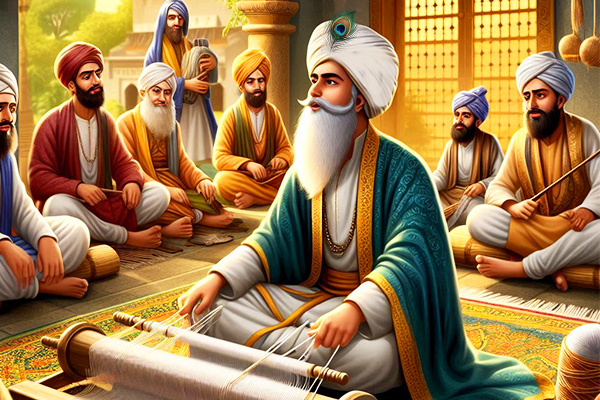
Kabir’s life and his origin are full of mysteries and legends. There are many traditional stories around when was he born. One of the traditions suggests that Kabir was born in 1398. If that remains the truth, Kabir lived till the remarkable age of 120 years. His parents’ identity is also full of mystery and controversy. It is something that can be speculated as per the will.
One legend tells of his mother, a Brahmin woman, who conceived him after visiting a sacred Hindu shrine. Unmarried and unable to keep him, she abandoned the infant Kabir. He was discovered and taken in by a compassionate Muslim weaver.
According to legend from a very young age, he felt a deep pull towards spirituality, seeing himself as both Allah’s and Lord Ram’s child. Embracing all religions, Kabir rejected any form of religious discrimination. He believed in the presence of a single Supreme Being across all faiths, a message that resonated powerfully through his life and works.
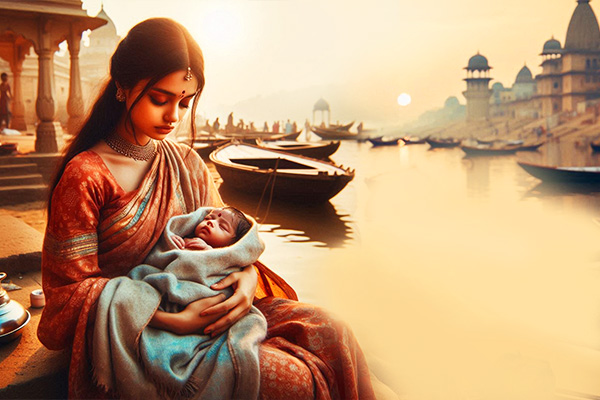
Sant Kabir Das was admired by people of all faiths, and his teachings continue to be cherished and passed down through generations. His life and poetry serve as a testament to his enduring spiritual legacy and his vision of a world united by love and devotion to the divine.
Kabir's own words reveal a deep spiritual understanding of his life's work. Though he mentioned that he never physically wove cloth, he was divinely gifted with the ability to weave words into poetry. Through his simple yet rhythmic language, Kabir conveyed complex philosophical and spiritual truths, touching the hearts and souls of countless seekers. His verses transcend time, offering profound insights into the nature of the divine and the essence of human existence.
His poetry stands out for its straightforwardness and clarity. Unlike many poets who favoured elaborate metaphors, Kabir chose plain, accessible language that spoke directly to people from various backgrounds.
His verses often structured as “dohas”—short rhyming couplets—delivered profound spiritual messages with remarkable simplicity.
Kabir didn't shy away from using satire and irony to critique societal norms and religious dogma. Through his insightful and often provocative words, he encouraged his audience to transcend superficial differences and seek the divine presence within them. His legacy continues to inspire and challenge, inviting us to explore the deeper truths of existence.
Kabir's teachings continue to inspire people from all walks of life, surpassing barriers of religion, caste, and creed.
Kabir Jayanti Rituals:

On Kabir Jayanti, the followers of Sant Kabir dedicate the entire day to honoring his memory.
They recite his poems and reflect on the lessons drawn from his teachings. Many communities organise get-togethers and “satsangs”, where people come together to sing his verses and discuss his philosophy.
In Varanasi, Kabir's birthplace, the celebration is particularly vibrant. The day is marked with great enthusiasm, including a “Shobhayatra”, a grand procession that ends at the Kabir temple.
On the full moon day (Purnima) of the Jyeshtha month, specific rituals are performed. These personalised rituals are believed to bring health, wealth, spiritual guidance and prosperity to those who observe them.
The day is a beautiful blend of devotion, community spirit, and cultural reverence, celebrating the enduring legacy of Sant Kabir.
Importance of Kabir Jayanti:
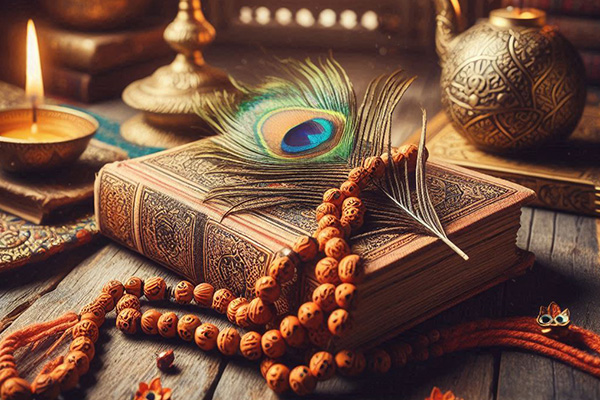
-
As one of the most celebrated poets of the 15th century, Kabir's writings played a pivotal role in the Bhakti movement. His influential works include
'Anurag Sagar,' 'Kabir Granthavali,' 'Bijak,' and 'Sakhi Granth,' each brimming with profound spiritual wisdom. - Kabir's teachings gave rise to the 'Kabir Panth,' a religious community whose followers are known as 'Kabir Panthis.'
- Sant Kabir Das continues to live on in the hearts of his devotees through his profound teachings, which are encapsulated in his poems and the two-line couplets known as 'Kabir Ke Dohe.' His wisdom and spiritual insights expressed so simply and beautifully, remain a guiding light for those who seek truth and devotion in their lives.
Contribution of Kabir to the nation:

Sant Kabir made significant contributions to the country through his leadership in the Bhakti and Sufi movements during mediaeval India.
Centred on the Kashi region and connected to the Julaha caste, his influence extended far beyond these boundaries. Kabir’s teachings directly challenged the ritualistic and ascetic practices prevalent at the time, advocating for a more personal and direct connection to the divine.
Kabir's philosophy was all about oneness. He believed that everyone is equal, and there is no difference in any living being. His teachings included goodness and prosperity of spiritual and material balance. It was all about the fundamental truth, he helped seek divinity irrespective of caste, social status or their professions. He never differentiated between anyone, not even to the people usually marginalized by the society He was a vigorous believer of non-violence (ahimsa) and he aided people's hearts and minds by promoting his practice of non-violence. And for that all he did was took a deep dive within and wrote some memorable couplets that moved people's hearts and transformed them.
Because of such progressive and revolutionary ideas he had to go through some staunch criticism from the Brahmins. Still he was unaffected by it and kept on spreading the message of love and light. His resolute commitment sparked an eminent change in the society leaving his legacy that still continues to transform and inspire people across the globe
“Kabir ke Dohe” to Contemplate Life:
MAYA CHHAYA EK SI, BIRLA JAANE KOYE |
BHAGTA KE PEECHE LAGE, SANMUKH BHAAGE SOYE ||
Kabir being an enlightened soul realised that life is all about impermanence. The body exists only to diminish into the 5 elements. He gives an example of a person who gets married only to die the next day. He says it doesn’t matter if you possess the material and worldly pleasures, one day it will all remain here and the soul will leave the physical realm and take abode of the divinity. Hence, one should practice detachment from the body and the 5 senses. He says one should always remember the supreme consciousness, even though the mind is like a monkey, always jumping from one thought to another. The more we try to escape from the illusion, the more we get trapped in one. And this is understood only by wise souls. He advices to focus the mind on inner self instead of running behind the earthly pleasures.
KABIR, JAAN BOOJH SAACHCHI TAJAI, KARE JHOOTH SE NEH।
TAAKI SANGAT HE PRABHU, SVAPAN MEIN BHEE NA DEY।।
According to Sant Kabir, if someone sees the truth but still believes lies, they're acting wickedly. Such a person shouldn't expect to see me (him) even in their dreams, because I find their behaviour disgusting. It's pointless to talk about true spiritual knowledge with someone like that.
KABIR YEH JAG KUCHH NAHIN, KHIN KHAARA KHIN MEETH |
KAALH JO BAITHA MANADAPE, AAJ MASAANE DHEETH ||
Kabir says that everything in this world is fleeting; it's full of both joy and sorrow. What seemed happy yesterday may turn into sadness today. Someone who was celebrating their wedding in Mandap (a rectangular structure where Hindu marriage ceremony takes pace) yesterday may be lying in their funeral today. This shows how unpredictable and temporary life is. And that one should know the difference between unreal and real, transcending from duality to non-duality.
KYA BHAROSA DEH KA, BINAS JAAT CHHAN MAANH |
SAANS- SAANS SUMIRAN KARO, AUR JATAN KACHHU NAAH ||
Kabir says that we trust the body too much and are entirely dependent on it. We forget to realise that the body is unreliable. Its strength, capacity will tremble someday. Death never informs before arriving. Therefore, it is really important to recognize that this body is ephemeral and to not become overly attached to it. Kabir guides us away from temporary desires and worldly worries, urging us to turn towards the Supreme Consciousness.
This practice propagates inner peace and persistence, unshaken by life's fluctuations. Moreover, when we have aligned ourselves with the ultimate truth, consciousness, and bliss beyond the dualities of the physical world, we have a sense of contentedness. This non-dualistic approach emphasizes the unity of all existence and the interconnectedness of the ego-self with the true-self. Through constant remembrance and surrender to the God within, we can transcend the limitations of the physical body and experience a profound sense of spiritual fulfilment and liberation.
CHALTI CHAKKI DEKH KE, DIYA KABIRA ROYE |
DUI PAATAN KE BEECH ME, SAABUT BACHAA NA KOYE ||
Kabir felt deep sadness seeing the grinding stone at work. Nothing could escape its crushing force; it grounds everything into pieces. The two stones symbolize Kaal and Maya, representing sorrow and happiness, or the earthly and the divine. Kabir's compassion led him to empathize deeply with others' suffering. Despite his enlightenment, he spoke often of the pain souls endure in this world.


-in-Astrology.jpg)

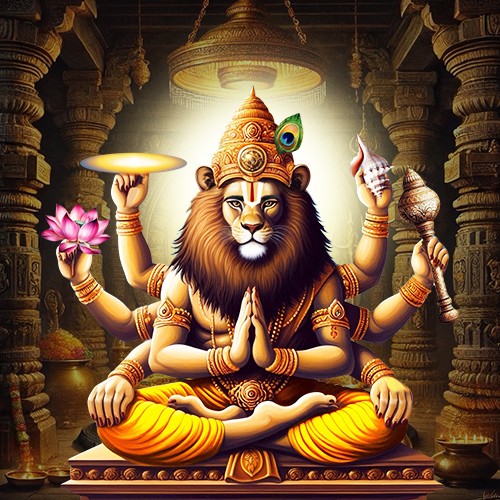
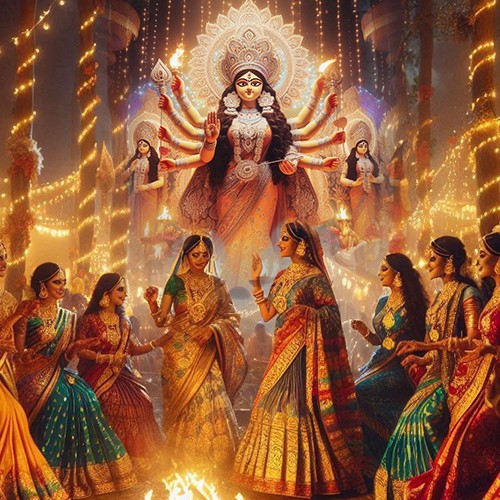
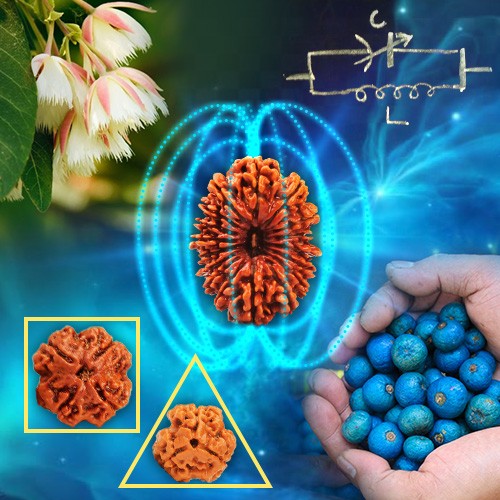

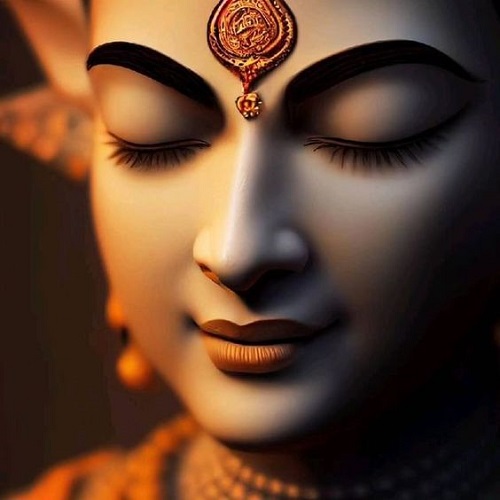
.jpg)
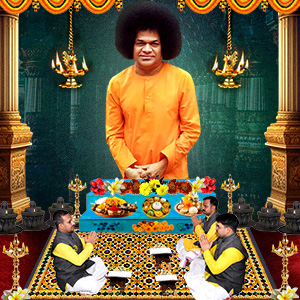
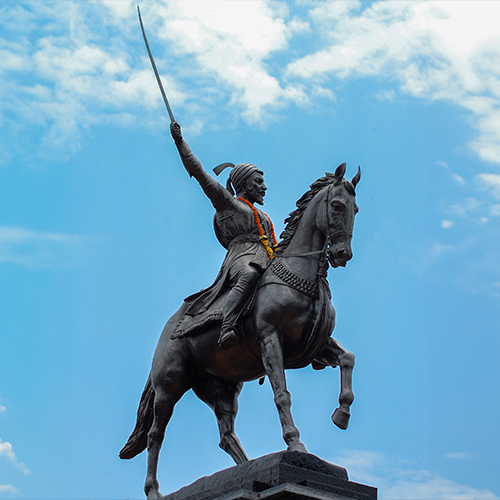
.png)

Comments 0
Leave your thought here